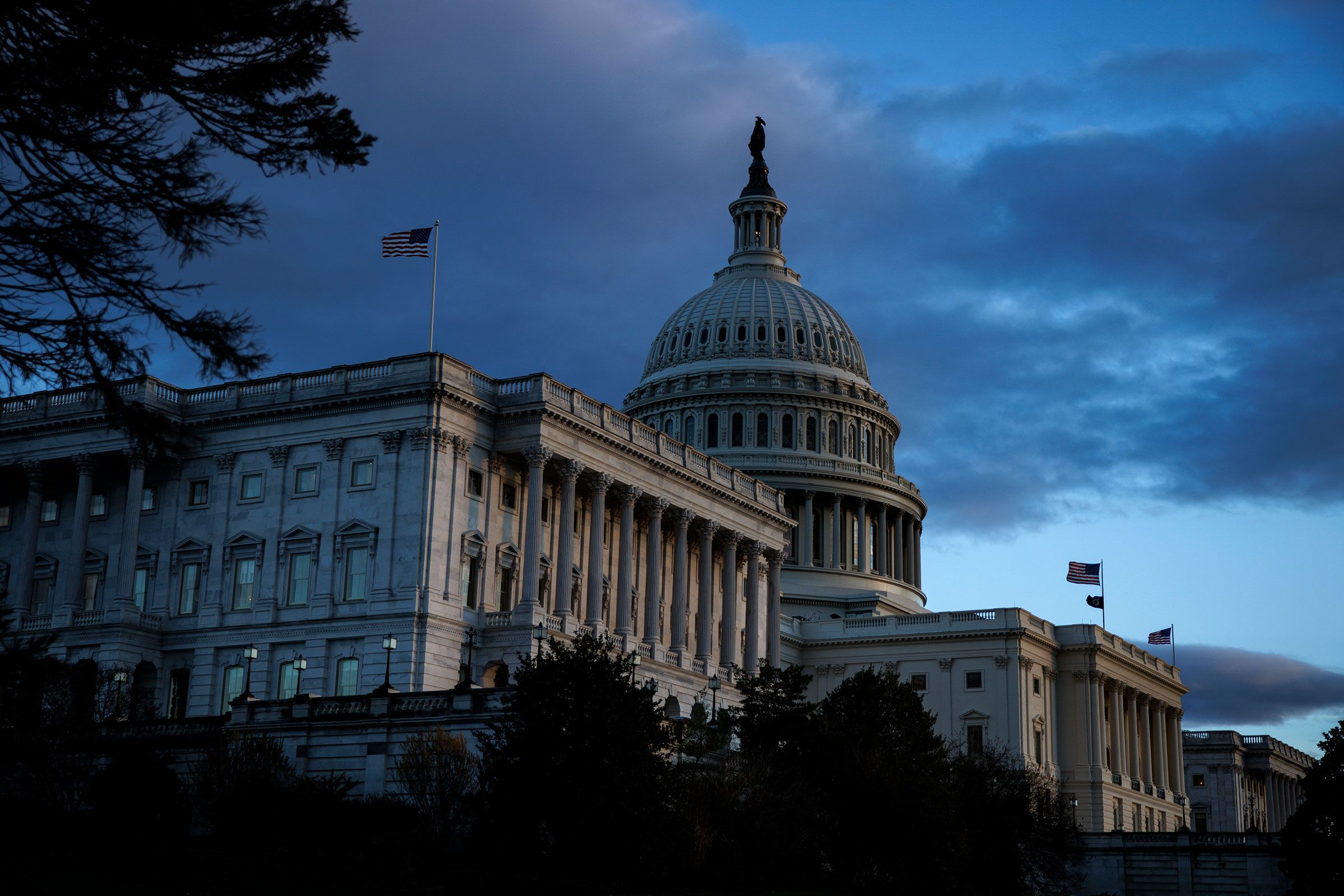In the labyrinthine landscape of Washington, statutory funding deadlines are often treated as flexible guidelines, with the specter of a partial government shutdown perpetually looming. The fiscal year 2024 commenced on October 1, yet the 12 funding bills, which form the crux of discretionary government spending, remain unpassed.
Decoding the Jargon: What is a CR?
When lawmakers fail to reach consensus on these pivotal bills, they resort to passing a series of temporary bills, known as “continuing resolutions” or “CRs” in the federal government’s unique vernacular. Journalists often translate “continuing resolution” or “CR” into layman’s terms as a “stopgap” or “short-term” spending bill.
The Latest CR: Buying Time
This week, the House and Senate approved another short-term extension for a portion of the government, which President Joe Biden signed into law. This provides Congress with additional time to negotiate spending, five months after the fiscal year’s commencement. The latest deadlines set by these temporary spending bills are March 8 and March 22 for different sections of the government.
A Recurring Pattern
Far from being an anomaly, continuing resolutions have become an annual ritual. Since 1977, when October 1 was established as the official start of the federal fiscal year, lawmakers have passed at least one continuing resolution in all but three of the intervening years. The fiscal year 1997 was the last time no CRs were enacted, according to the Congressional Research Service.
The Impact of CRs
While CRs prevent a partial government shutdown, they are not without their drawbacks. The Government Accountability Office (GAO) has reported that CRs can slow hiring, create funding uncertainty, and impose administrative burdens. In years where a patchwork of CRs extends for a significant portion of the year, these effects are magnified.
Effects on Americans
The irregular funding process and reliance on previous year’s funding levels can impact the government’s ability to provide services. For instance, the Women, Infants, and Children (WIC) program, which provides nutrition assistance and education for low-income pregnant women, new mothers, and young children, is facing a $1 billion shortfall for the current fiscal year. If the current funding level continues for the rest of the fiscal year, about 2 million beneficiaries could lose access to benefits, according to the Center on Budget and Policy Priorities.
Seeking a Solution
The Partnership for Public Service, an advocate for good governance, argues that the federal government should not operate in this manner. They propose shifting the government funding process to a two-year schedule instead of an annual one. Other suggestions include automatic CRs, allowing Congress to focus on the larger spending bills rather than the temporary ones.
Looking Ahead
Despite the challenges, there is optimism that lawmakers will resolve the funding issue. Republicans controlling the House and Democrats controlling the Senate were close to a funding deal in January. House Speaker Mike Johnson has kept the government open by utilizing Democratic votes to pass CRs while details for the larger bill are ironed out. The remaining six appropriations bills are expected to be voted on before March 22. However, it remains to be seen whether the 2025 spending bills will be passed on time.

